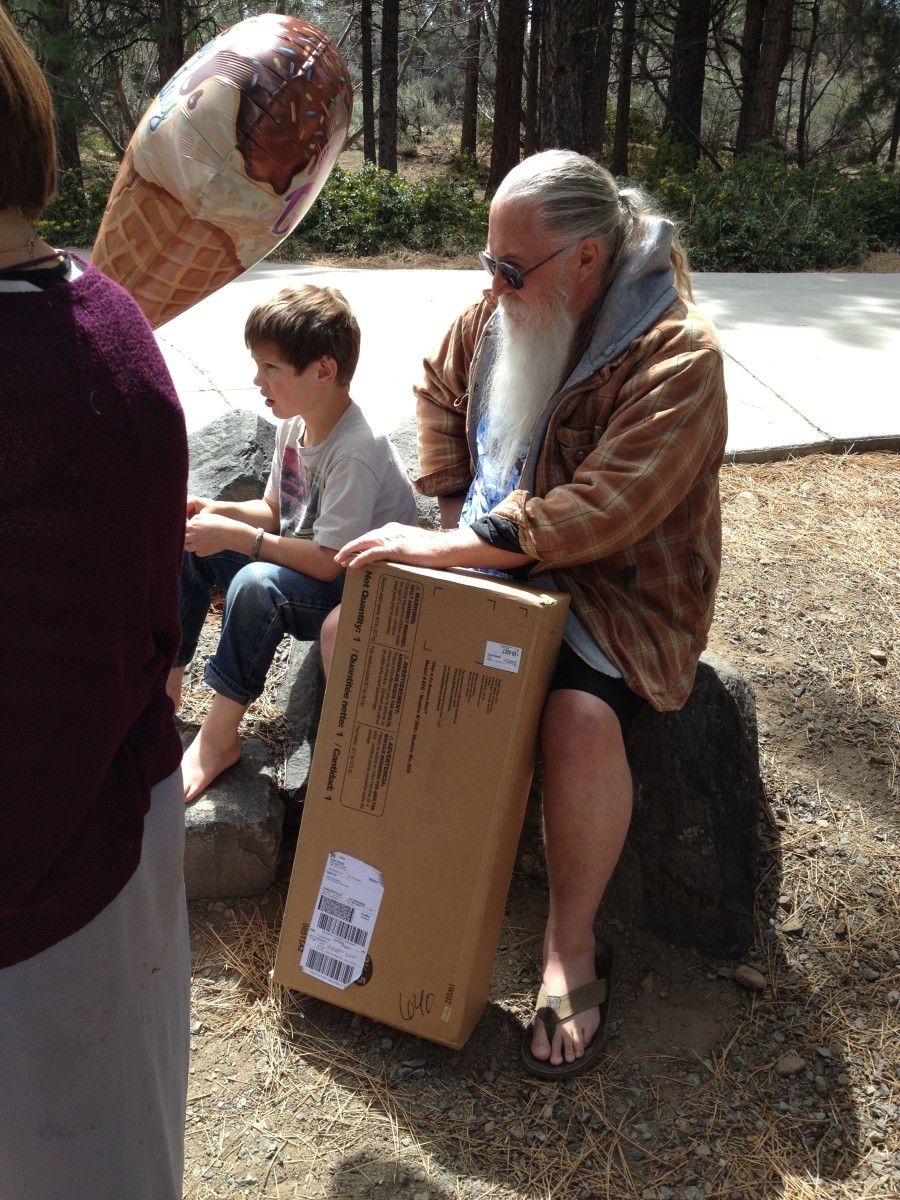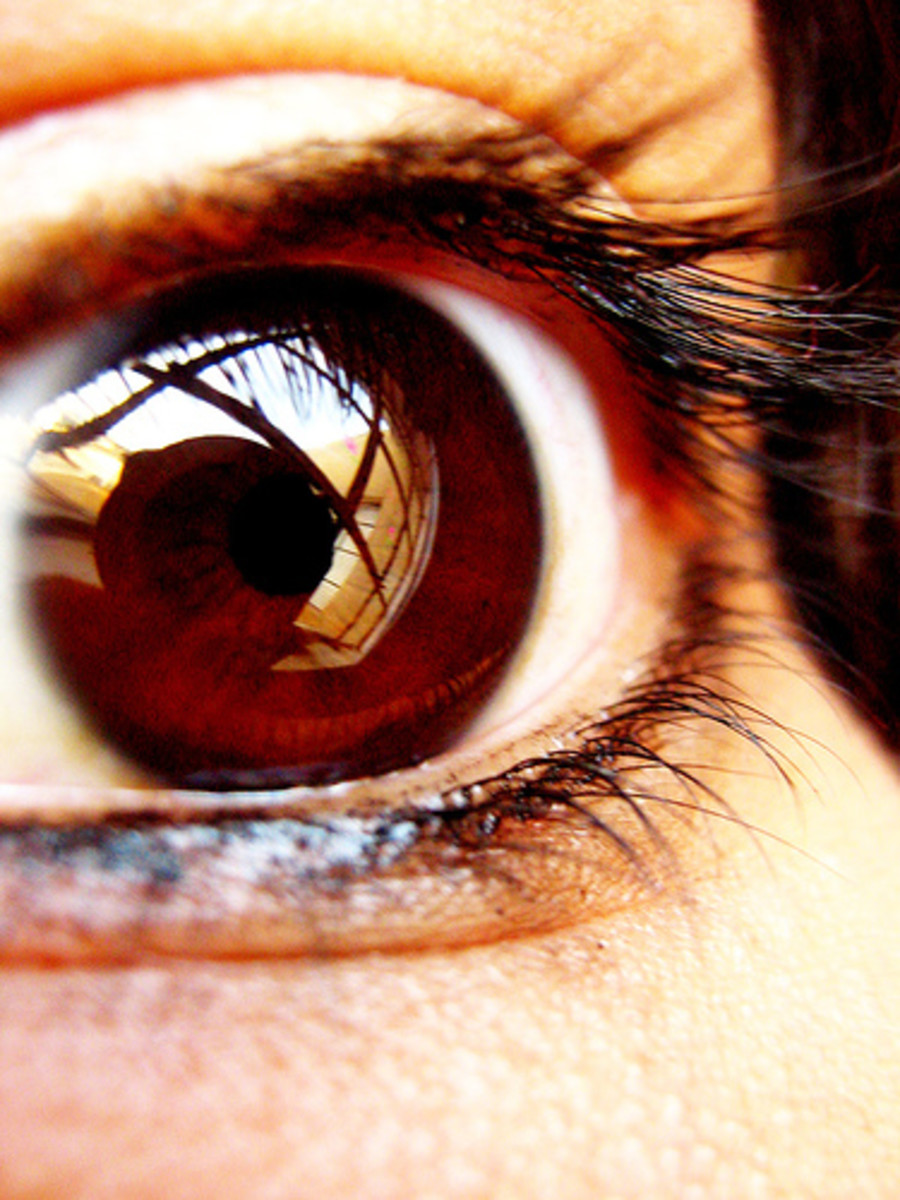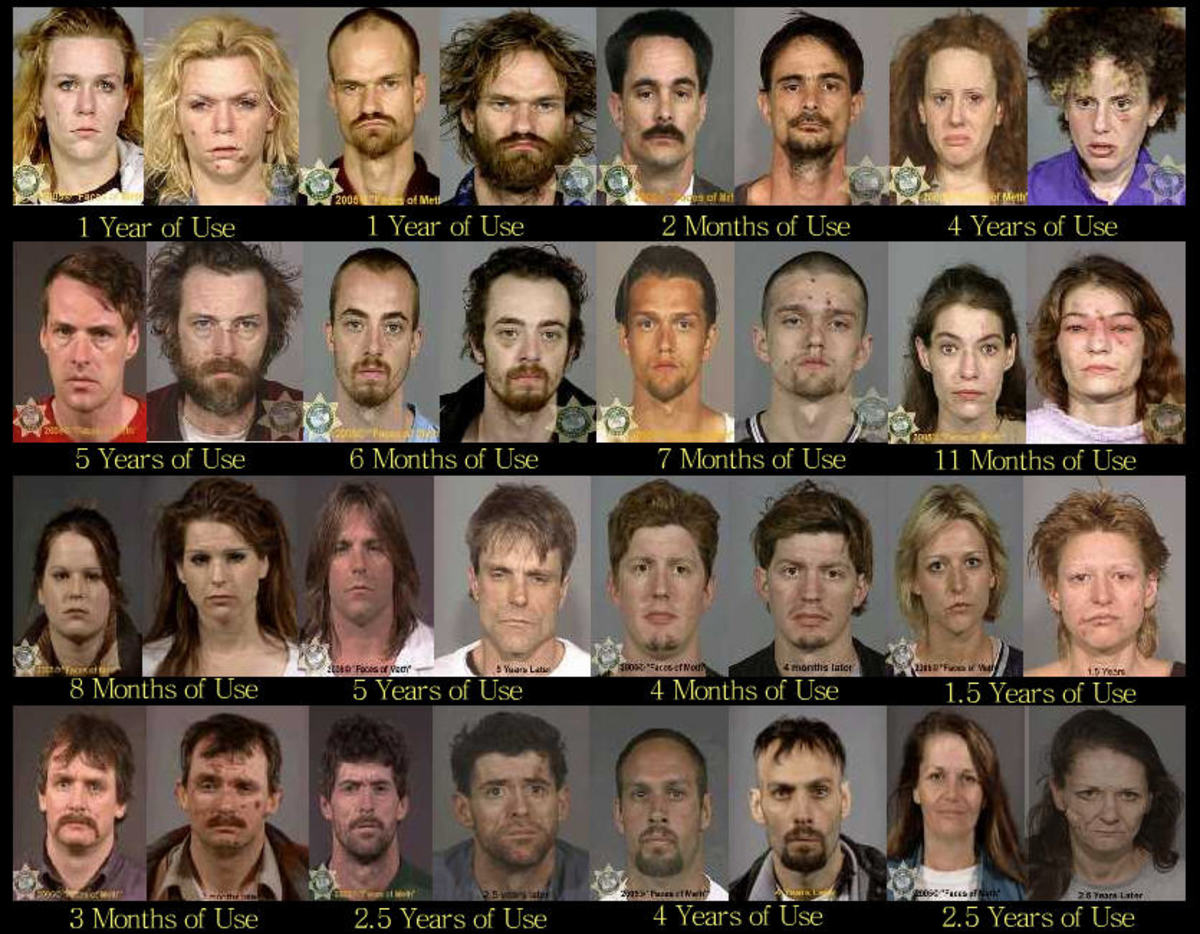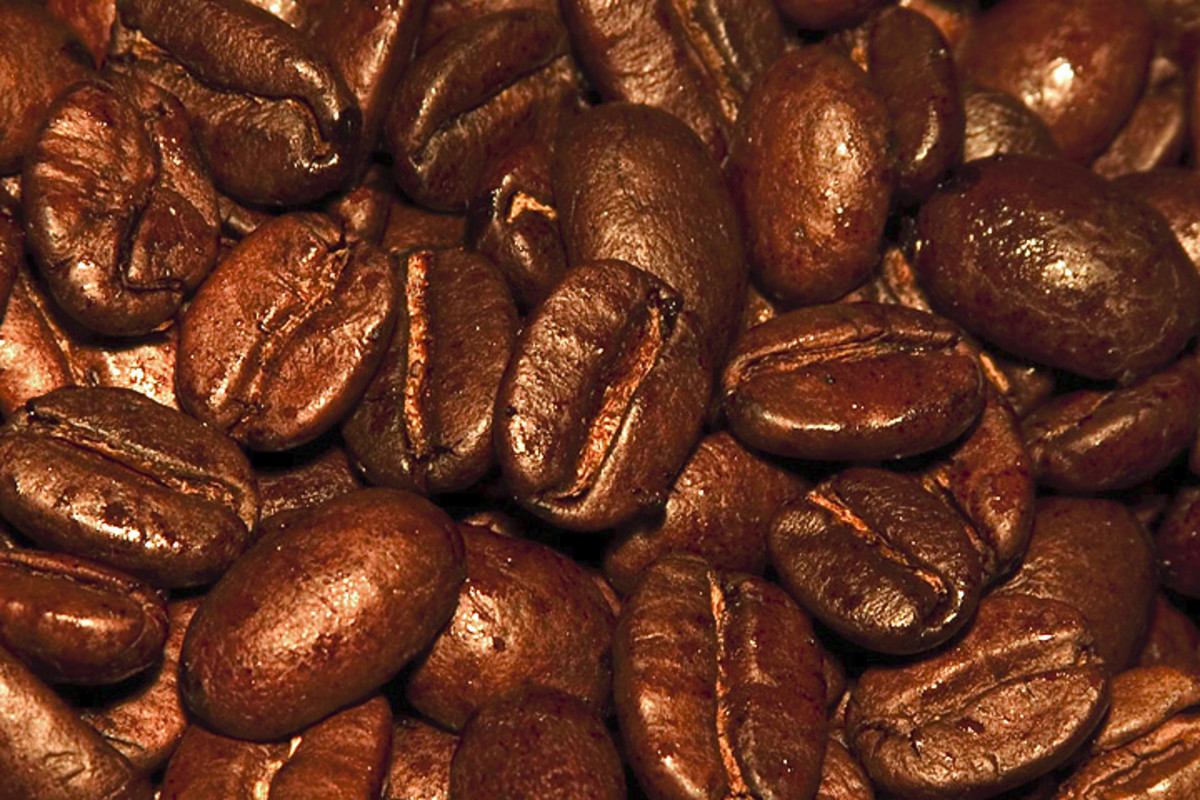- HubPages»
- Health»
- Mental Health»
- Addiction»
- Alcoholism
The Complex Ties Between Alcoholism and Caffeine: Examining the Surprising Connection
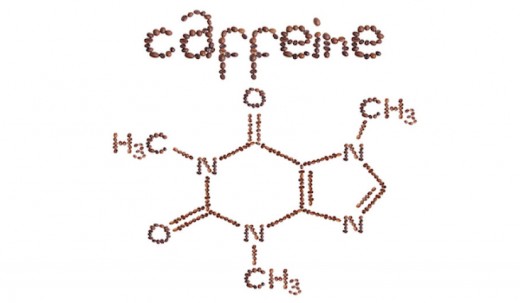
Caffeine and Alcohol in our Culture
Alcohol and caffeine have become almost essential parts of our culture, even though they affect the brain in ways that range from mild psychotropic mannerisms to completely debilitating ways. Both have been used in forms that are viewed as abnormal patterns, which leads the path to substance abuse. Though coffee may have its benefits, alcohol has been proven to be a neurophyiatrie sequelae. This means that it causes dissociative disorders and cognitive deficits. CNS, or Central Nervous System, deterioration happens with alcohol abuse. At this time, caffeine has not been successfully correlated to negating the effects of alcohol abuse or alcohol intoxication. Caffeine is commonly drunk concurrently with or immediately following alcohol consumption. Recognizing how caffeine and alcohol associate to change behavior is imperative to learning the about concurrent of these substances. (Gulick, 2009)
Caffeine and Adenosine Receptors
Many people to believe that caffeine neutralizes alcohol’s intoxicating effects. Both alcohol and caffeine have an effect (and change) the alter adenosine neurotransmission. Adenosine is essential in the body because it acts as a 'neuromodulator' within the CNS or the central nervous system. Adenosine, however, makes humans tired. It works by limiting the stimulation of the brain. It helps in the functioning of the neuronal excitability and even in the synaptic (and non-synaptic) transmissions within the hippocampus and basal ganglia if the brain. (Sperlagn, 2011) In other words, the adenosine receptors within the nervous system become a 'go-between' of sorts and help to regulate neurotransmitters. The adenosine blocks neurotransmitters that help to make the brain excited. During our daily course of the day, our bodies are creating adenosine. When a person is asleep at night, the levels of adenosine increase. The action (or inaction) or Adenosine Receptors play important roles when it comes to sleeping, arousal, cognition, memory, and learning. It even plays important roles in diseases like Alzheimer’s, Parkinson's, drug addiction, depression, and schizophrenia. The Adenosine Receptors that are activated by coffee may then alter these cognitive processes in the brain. IN the human body, caffeine mimics adenosine. It binds to human body adenosine receptors, blocks adenosine from getting to the brain, and therefore prevents the adenosine from making us tired. So essentially, caffeine helps to keep us alert, awake and ready for the day. This explains caffeine tolerance, as those who regularly drink large doses of caffeine block their normal body's adenosine, hence, creating more receptors. When there are more receptors, then more massive amounts of caffeine are required to block them.
Caffeine, Adrenaline Production and Dopamine Reabsorption
What happens to those neurotransmitters in the brain that were affected when the adenosine was blocked by caffeine? The caffeine allows those neurotransmitters to freely move about, which leads to large amounts of neuron firings. The brain's pituitary gland then notices the vast quantities of neuron firings, and activates the adrenal glands hormones, producing adrenaline within the body. Adrenaline is what causes the flight or fight response. It's another name for the EpiPen that people use when they experience an allergic reaction and go into shock. Epinephrine is a chemical which acts by narrowing the blood vessels and opening the lung’s airway, efficiently reversing low blood pressure and allergic reactions. Caffeine also works by helping to delay reabsorption of dopamine. Dopamine is another transmitter, but instead of making us feel tired, it makes us feel 'good.' People release natural dopamine after working out. This helps explain that happy, euphoric feeling one experiences after a great run or workout. Even though the brain always has dopamine, when levels are elevated, so is the mood. By blocking dopamine reabsorption within our body, dopamine lifts our spirits. Even though coffee usually doesn't create a dependence, those who experience withdrawal may miss the feeling of the elevated dopamine when they lose their cup of coffee.
Coffee, Caffeine, and Health Benefits
It appears that coffee and caffeine may not be as harmful as we have considered it to be, as long as someone has about two hundred milligrams at one time. This equates to about two and a half cups of coffee. Coffee and caffeine may not even be harmful to four hundred milligrams daily, and this relates to about five cups of coffee. Caffeine has shown to disturb sleep, but it has also shown to improve the brain the increased alertness, well-being, concentration, mood, and it has even helped to inhibit depression. It has been found that caffeine does not seem to foster dependence in people, even though a small number of people have experienced true withdrawals. There has been evidence that coffee drinkers show a slowing or inhibition regarding cognitive decline, and even a lowered risk of the incidence of stroke, Alzheimer’s and Parkinson's disease. (Pract, 2016)
Using Caffeine to Negate Alcohol's Effects
It has been found that caffeine has not been able to interact some of alcohol's impairing effects on some cognitive tasks. In some studies, caffeine has been found to increase reaction time when it comes to performing in situations where one has to do dual-tasks. The alcohol still impaired the accuracy. Caffeine mentally counteracted the perception of intoxication. When someone drinks caffeine and believes that it will lower the effects of alcohol, they feel less intoxicated, but they are still extremely impaired. (O'Brien, 2011) This creates the effect of dissociation, which occurs when the person's impression of how they are functioning is compared to how they are performing at their given task. As mentioned earlier, caffeine is an adenosine receptor antagonist. When one drinks alcohol, caffeine 'antagonizes' the unwanted alcoholic effects by being able to block the adenosine receptors which mediate alcohol's ataxic and somnogenic effects. The adenosine receptor-mediated unwanted effects of caffeine (anxiogenic) may become ameliorated by an increase in extracellular levels of adenosine, caused by alcohol. Ameliorated is when something 'bad' is made to be better. When the adenosine and dopamine receptors interact, adenosine is blocked by caffeine, and the effects of the alcohol-induced dopamine release are the potentiated (or made stronger). It is known that alcohol intake that is considered chronic lowers the tone of adenosine. This is why some people may use caffeine as a treatment for alcohol withdrawal effects since it is effective at blocking the unregulated adenosine receptor effects. (Ferre, 2011)
Alcohol's Cognitive Effects on the Brain
Alcohol can cause dependence. Alcohol abuse is correlated with deleterious activity regarding the brain. It can induce chronic and acute disorders of the mental criteria. The intoxication from alcohol can impair the brain's cognition, and it can cause dementia, halluosis, and delirium tremens. (Crocq, 2013)
Conclusion
Ultimately, caffeine is a psychostimulant. It increases motor activity and arousal. Alcohol is a psychodepressant. It has motor depressant, anxiolytics, and somnogenic effects. It even has motor impairing properties. Within the realm of adenosine neurotransmission, there is evidence that caffeine's arousal properties could help compensate the alcohols somnogenic effect. The anxiolytic effects of alcohol could then offset the anxiogenic effects of caffeine. An anxiolytic is used to reduce anxiety. Anxiogenics cause anxiety. Adenosine mechanisms are involved in both caffeine and alcohol's pharmacological actions. Caffeine antagonizes the acute alcoholic effects, providing a challenge to enhance the reinforcing effects and attenuate the unwanted alcoholic impact. When someone has had too much alcohol, there is a lessened adenosine tone. This is correlated with lessened activation of A2 receptors. This may increase dopaminergic neurotransmission and may add to enhanced alcohol consumption. In other words, adenosine does play a role in reinforcing the alcohol effects, but it does not reverse the influence of alcohol. Even though caffeine and alcohol have a physical interaction that changes behavior in the specific avoidance tasks offered, caffeine is not able to reverse alcohol-induced deficits within the realm of learning. Alcohol-induced anxiolysis may contribute to alcohol consumption, while ethanol's barricade of anxiogenesis (caused by caffeine) may contribute to co-use. (Gulick, 2009) In regards to metabolism, caffeine does not affect alcohol metabolism. Therefore, blood and breath concentrations of alcohol are not reduced. The mix of alcohol and caffeine is dangerous because caffeine, as mentioned earlier, may mask the alcoholic effects, making the drinker feel alert when they are in fact more impaired than they realize.
References:
Crocq, M.-A. (2013). Alcohol, nicotine, caffeine, and mental disorders. Dialogues in Clinical Neuroscience, 5(2), 175–185.
Ferré, S., & O’Brien, M. C. (2011). Alcohol and Caffeine: The Perfect Storm. Journal of Caffeine Research, 1(3), 153–162. http://doi.org/10.1089/jcr.2011.0017
Gulick, D. (2009) Effects of ethanol and caffeine on behavior in C57BL/6 mice in the plus-maze discriminative avoidance task. Behav Neurosci. 2009 Dec;123(6):1271-8. Doi: 10.1037/a0017610.
O’Brien, M. C., Arria, A. M., Howland, J., James, J. E., & Marczinski, C. A. (2011). Caffeine, Alcohol, and Youth: A Toxic Mix. Journal of Caffeine Research, 1(1), 15–21. http://doi.org/10.1089/jcr.2011.1202
Pract Neurol. (2016) Effects of coffee/caffeine on brain health and disease: What should I tell my patients? (2):89-95. Doi: 10.1136/practneurol-2015-001162. Epub 2015 Dec 16.
Sperlágh, B., & Vizi, E. S. (2011). The Role of Extracellular Adenosine in Chemical Neurotransmission in the Hippocampus and Basal Ganglia: Pharmacological and Clinical Aspects. Current Topics in Medicinal Chemistry, 11(8), 1034–1046. http://doi.org/10.2174/156802611795347564
© 2018 Charlotte Doyle

